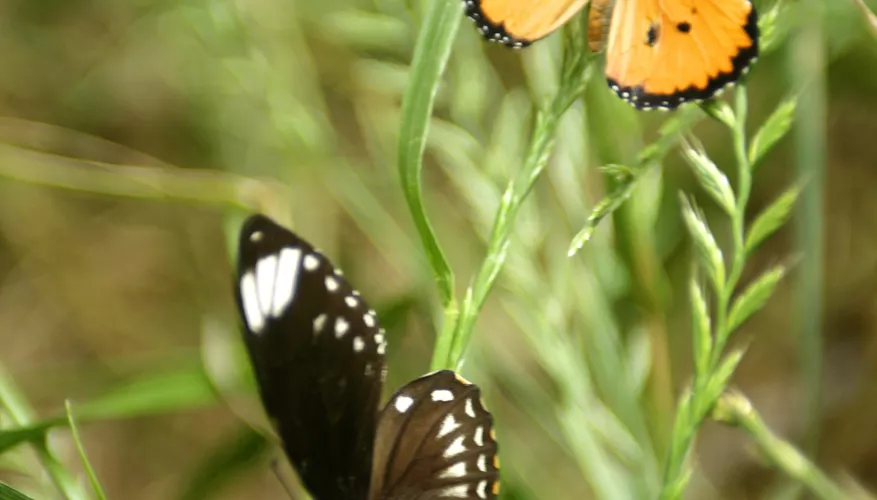Butterflies, with their delicate wings and vibrant colors, play a crucial role in nature as pollinators and as part of the food chain. The lifespan of a butterfly is relatively short, but their primary goal as adults is to reproduce and ensure the survival of their species. The complete cycle from egg to adult typically takes about one month, and there are over 17,000 species of butterflies worldwide. This article explores how long butterflies live after mating and the factors that influence their lifespan.

Male butterflies have a shorter lifespan compared to females, typically living between six to eight weeks after they have mated. After emerging from their pupa, male butterflies are ready to mate almost immediately. In fact, they are often eager to mate with a female butterfly as soon as she begins to emerge from her pupa. Males sometimes even assist females in emerging from their pupal cases. This behavior ensures that they mate before the female can fly away, as it takes about an hour for her wings to dry and become functional.
Throughout their short adult life, male butterflies use up their sperm by mating with multiple females. Once their sperm is depleted, they typically die.
| Male Butterfly Lifespan | Mating Behavior |
|---|---|
| 6 to 8 weeks | Mates as soon as female emerges |
| Sperm depletion | Dies after mating with several females |
Female butterflies generally have a longer lifespan than males. They are ready to mate as soon as they emerge from their pupa, but they typically mate only once in their life. After mating, female butterflies lay up to 100 eggs. The eggs are deposited on host plants, which will also serve as food for the developing larvae once they hatch.
Females may lay individual eggs or egg clusters, depending on the species. If a female butterfly does not mate immediately after emerging from her pupa, she is unlikely to mate again, and her life may be prolonged by not engaging in reproduction. Without mating, a female butterfly will eventually die from natural causes or fall prey to predators.
| Female Butterfly Lifespan | Reproductive Behavior |
|---|---|
| Longer lifespan than males | Lays up to 100 eggs after mating once |
| Egg-laying | Eggs are laid on host plants for larvae |
The lifespan of butterflies is significantly influenced by their environment. Loss of natural habitats due to urban development, agricultural expansion, and residential changes are major threats to butterfly populations. The widespread use of pesticides in farming also harms butterflies, as these chemicals can impact their health and reproductive abilities.
| Environmental Threats | Impact on Butterflies |
|---|---|
| Habitat loss | Reduced space for butterflies to live |
| Pesticide use | Harm to butterfly health and lifespan |
As cold-blooded insects, butterflies are particularly vulnerable to temperature changes. During cold weather, butterflies migrate to warmer regions, or they hibernate in sheltered spots until the warmer weather returns. A sudden winter blast can extend the butterfly’s lifespan if it has not yet mated, as it will enter a hibernation phase, postponing the reproductive cycle.
If the cold weather arrives during the egg stage, the eggs will remain dormant until the temperatures rise again. Once the warmth of spring arrives, the cycle continues, with the eggs hatching into caterpillars.
| Climate Factors | Impact on Butterfly Lifespan |
|---|---|
| Cold weather | Prolongs life via hibernation |
| Migration and hibernation | Delays mating and reproduction cycle |
In summary, the lifespan of butterflies after mating is primarily determined by their species, environmental factors, and reproductive behavior. Male butterflies typically live for six to eight weeks, while females may live longer, depending on whether they have mated and laid eggs. Environmental threats like habitat loss, pesticide exposure, and climate change also play significant roles in the survival and lifespan of butterflies.
Understanding these factors is key to ensuring that butterfly populations thrive and continue their important role in ecosystems around the world.
animal tags: butterflies
We created this article in conjunction with AI technology, then made sure it was fact-checked and edited by a Animals Top editor.